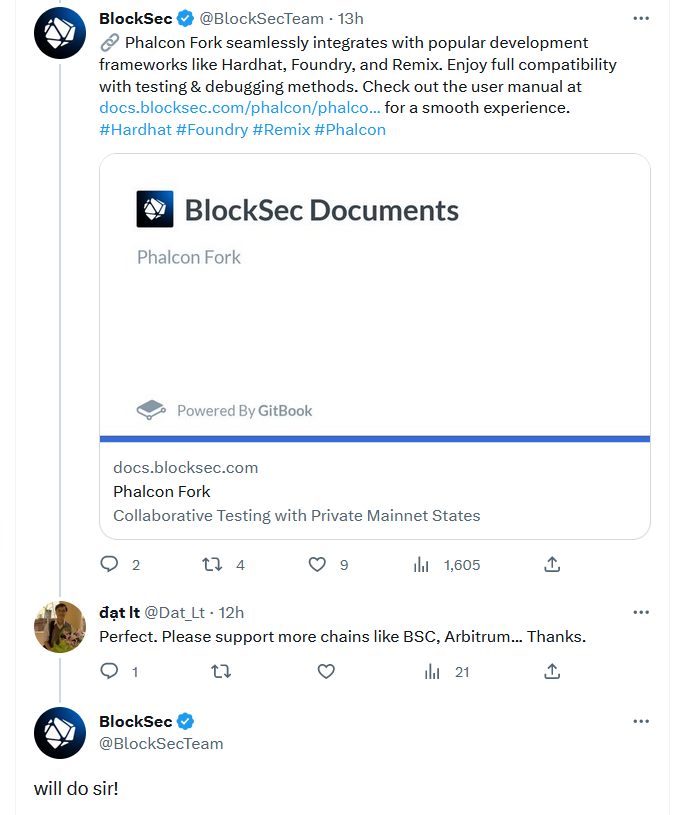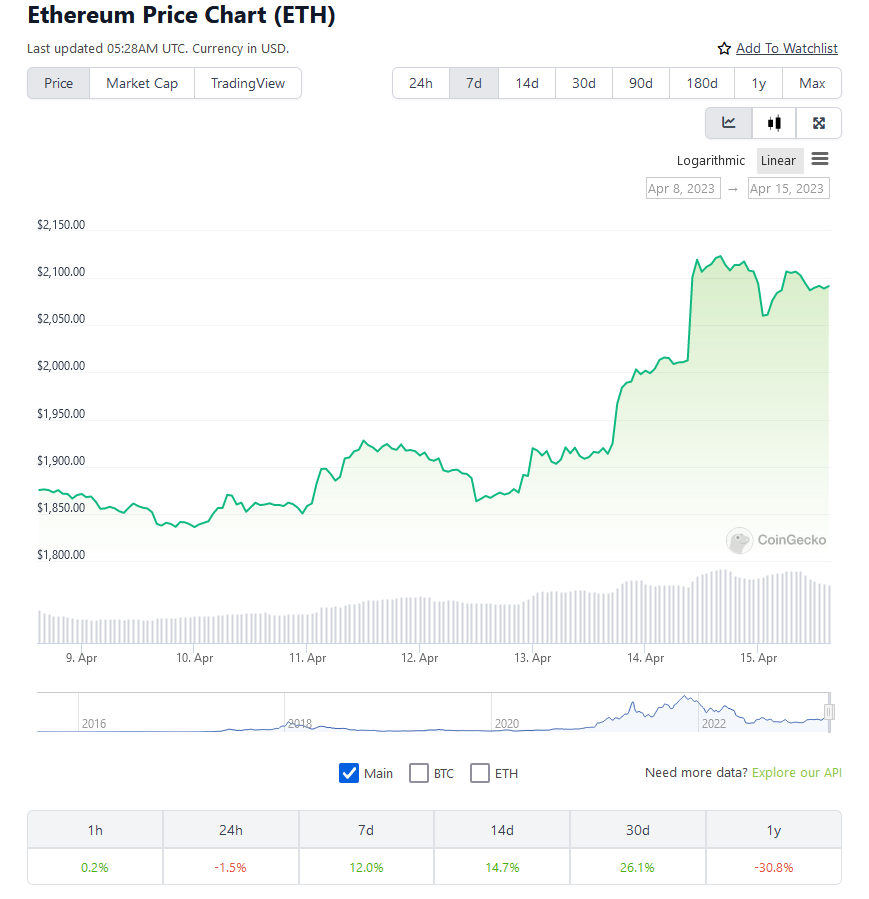Blockchain
Blockchain safety tech agency BlockSec has launched a brand new toolkit that permits collaborative testing on personal chains “forked from arbitrary (transaction) positions” and block numbers on the Ethereum mainnet.
The developer and safety researcher-focused toolkit is dubbed the “Phalcon Fork” and was launched by BlockSec on April 14.
We’re thrilled to introduce Phalcon Fork, a cutting-edge toolkit for Web3 builders & safety researchers! It allows collaborative testing with personal mainnet states, creating personal chains forked from any mainnet place. #Web3 #DeFi pic.twitter.com/TlK169GeLP
— BlockSec (@BlockSecTeam) April 14, 2023
Phalcon Fork goals to offer larger management over work being carried out on check nets such transaction testing, evaluation and debugging.
Within the consumer handbook, BlockSec touts that this additional management comes from having the ability to simply “fork arbitrary (transaction) positions and block numbers” and retain sure companies and states” from the Ethereum mainnet.
“In contrast with conventional options like Goerli […] Phalcon Fork has the next benefits: retain companies and states from the mainnet, facilitating speedy integration and debugging with different DeFi contracts. [And maintain] full management over block info (e.g., Timestamp, BaseFee, MixDigest),” the Phalcon Fork consumer handbook reads.
With the toolkit, customers also can make the most of options resembling snapshots, enabling them to save lots of sure blockchain positions, and revert again to them at will throughout their testing processes. The snapshots primarily report the transactions being executed and deployed by the consumer at a given time.
The snapshot function is especially helpful within the following two situations: When a consumer needs to run a number of occasions of a testing script, he/she simply must revert to the unique snapshot and rerun the script. [Or] When a consumer needs to avoid wasting states and return to them later, he/she will create a snapshot after which revert to this snapshot later, the handbook reads.
Phalcon Fork additionally comes with an built-in faucet in order that customers can purchase free fork community Ether (ETH) to conduct transactions on the personal chains.
To immediately work together with the chains and execute transactions, Phalcon Fork offers a Distant Process Name (RPC) node known as Fork RPC, which might be built-in with Ethereum Digital Machine appropriate growth frameworks resembling Hardhat, Foundry and Remix, or added to MetaMask.
Because it stands, customers can solely fork from the Ethereum mainnet, nonetheless future help for added blockchains such because the Binance Good Chain and Arbitrum has been teased.

Teased blockchain help additions. Supply: Twitter
April has been a major month for Ethereum builders, provided that the extremely anticipated Shapella onerous fork went stay on the Ethereum mainnet and not using a hitch on April 12. A significant function of the improve allows Ethereum validators to withdraw staked ETH from the Beacon Chain.
Associated: Lower than 1% of staked ETH estimated to be offered after Shapella: Finance Redefined
The transfer has been met with constructive value motion from Ether (ETH), with the asset gaining roughly 12% since April 12, to take a seat at $2,092 on the time of writing.

Seven-day ETH value chart. Supply: CoinGecko
Journal: ZK-rollups are ‘the endgame’ for scaling blockchains, Polygon Miden founder







